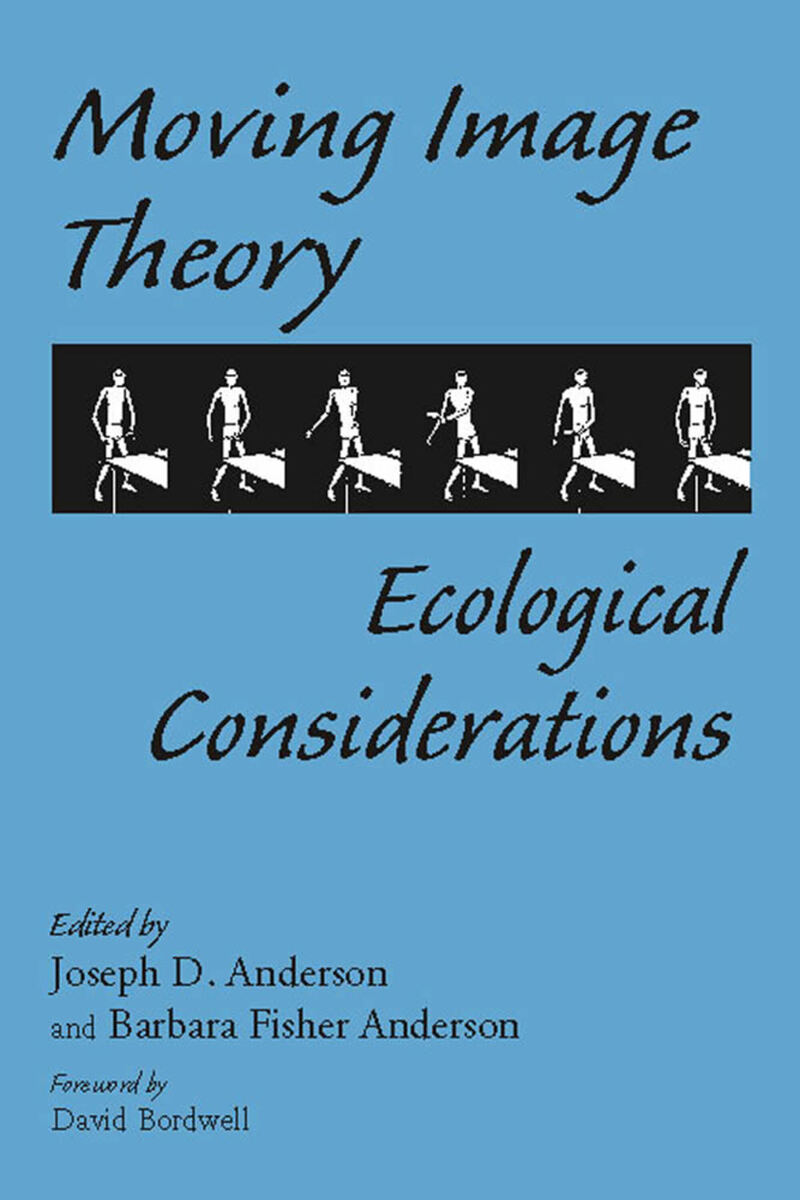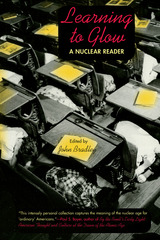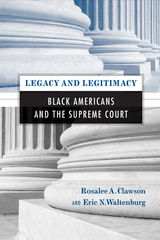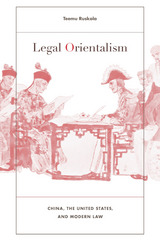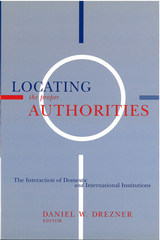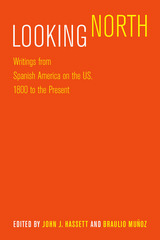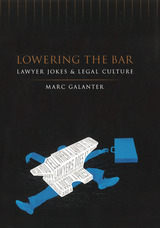Moving Image Theory: Ecological Considerations
Southern Illinois University Press, 2007
Paper: 978-0-8093-2746-1 | eISBN: 978-0-8093-8757-1
See other books on: Anderson, Joseph D | Bordwell, David | Film | History & Criticism | Performing Arts
See other titles from Southern Illinois University Press
Paper: 978-0-8093-2746-1 | eISBN: 978-0-8093-8757-1
ABOUT THIS BOOK | AUTHOR BIOGRAPHY | REVIEWS | TOC
ABOUT THIS BOOK
Blending unconventional film theory with nontraditional psychology to provide a radically different set of critical methods and propositions about cinema, Moving Image Theory: Ecological Considerations looks at film through its communication properties rather than its social or political implications. Drawing on the tenets of James J. Gibson’s ecological theory of visual perception, the fifteen essays and forty-one illustrations gathered here by editors Joseph D. Anderson and Barbara Fisher Anderson offer a new understanding of how moving images are seen and understood.
Focusing on a more straightforward perception of the world and cinema in an attempt to move film theory closer to reality, Moving Image Theory proposes that we should first understand how cinema communicates information about the representation of the three-dimensional world through properties of image and sound.
See other books on: Anderson, Joseph D | Bordwell, David | Film | History & Criticism | Performing Arts
See other titles from Southern Illinois University Press
